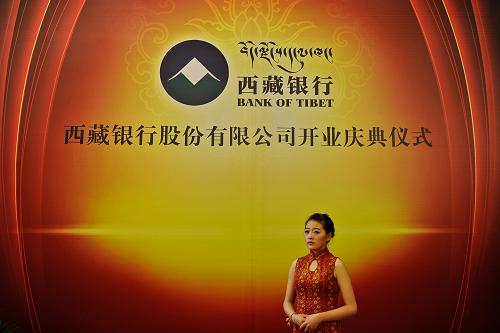6 state intangible Tibetan cultural assets realized digitalized exhibition

Is it possible to experience in its entirety the wonders of Tibetan culture without going to Tibet? National intangible cultural asset projects are making it possible.
According to the cultural bureau of Chamdo, east Tibet, a total of 6 cultural assets including the unique Guozhuang circle dance, Markam Xianzi and Repa in Tengchen have already been completely digitized and for the first time now entered into the digital intangible cultural asset protection and management platform.
Chamdo is located in the golden triangle area of Sichuan,, Yunnan and Tibet. It is also the origin of Kangba culture, an important part of Tibetan culture. The area embodies the Kangba Tibetan characteristics and diverse cultural integration.
Chamdo is the only trial city of minority nationality intangible cultural asset digitization projects in China, said Kangqiong Wang, the Chamdo city cultural bureau vice director.
In 2013, after a batch of state level intangible cultural assets were selected by the Ministry of Culture for the “Chinese Intangible Cultural Protection Project” , various local transmitters of cultural assets worked to collect and develop related digital documentation and organization.
Data indicates that up until now, the Chamdo Guozhuang circle dance, Markam xianzi Repa in Tengchen and the Champa Ling Temple butter sculptures,the Markam ancient salt well salt production technology as well as the Markam Kang three string dance all have been data based into the media platform.
Through various means such as high quality text, photographs, sound recordings and three dimensional videos etc. and exhibition from all angles, the data can be viewed in a “genetic” form. Just like the real thing, it documents and reproduces the cultural phenomenon just as at was in its original style and form.
“I hope that in the future, more types of Tibetan culture will be data based on the platform and will be available for free to the public. This will help distribution of intangible cultural assets in Tibet and also assist academic research. Furthermore, it will generally improve high level long term protection of Tibetan culture”, said Kangqiong Wang.
Currently, Tibet has 76 projects 68 of which are state level intangible cultural asset projects; 323 smaller projects and 350 inheritors of region level intangible cultural assets.
In recent years, along with continuous improvements in digital protection of intangible cultural assets the phenomenon of arts and songs disappearing as people die out is gradually becoming a thing that is under control and more manageable.
Your Comment
Name E-mailRelated News
-
;
-
-

-
Red relic protection project completed in Chamdo
Chamdo has the most red Relic sites in all of the Tibet Autonomous Region; it was long known as the “Eastern Gate of Tibet.”
-
-
-

-
Scenery of Chamdo City, SW China's Tibet
Photo taken on June 4, 2016 shows glacier and farmland near Ranwu Lake in Basu County of Chamdo City, southwest China's Tibet Autonomous Region.
-
-
-

-
Bank of Tibet to officially open in Chamdo on April 12
Recently, Tibet’s only local commercial bank, the Bank of Tibet, settled on an external trial opening date of April 12 for its Chamdo branch.
-
Based in Lhasa, Tibet Vista is a Tibet travel agency that specialized in Tibet permit, and Tibet tours for both private and group travelers at a local price!
•4 Days Lhasa City Group Tour from USD 460 •8 Days Everest Base Camp Group Tour from USD 850 •15 Days Mt.Kailash Group Tour from USD 1780 •2016 Tibet Train Tours from Beijing, Shanghai, Chengdu, Xining,etc










